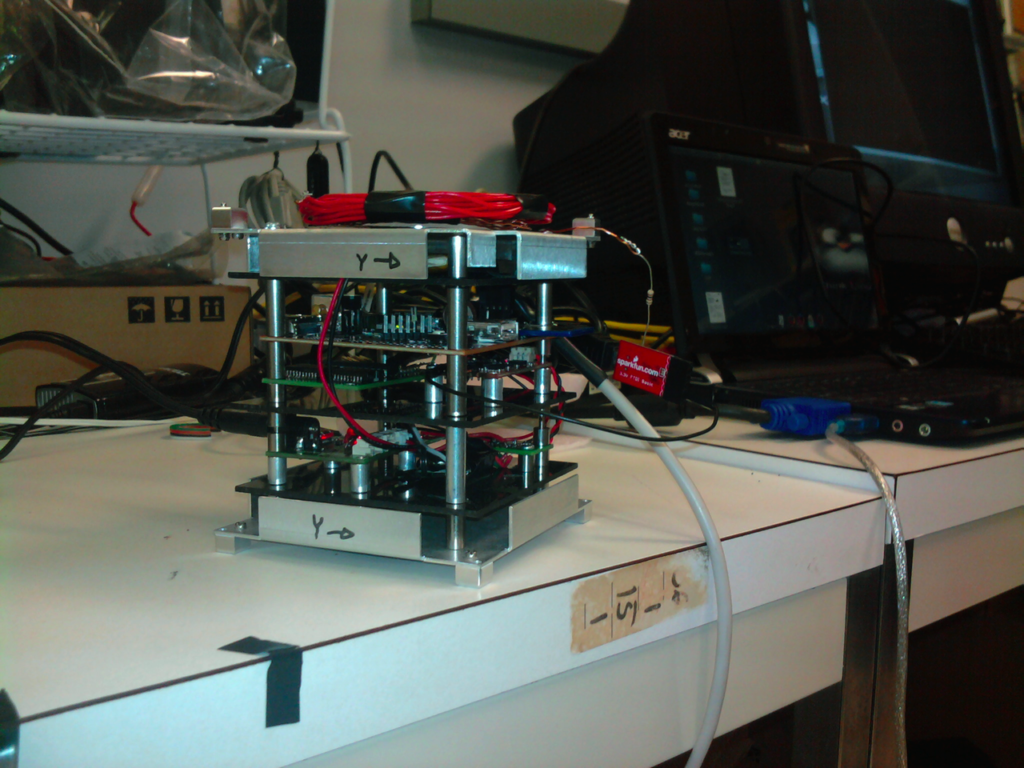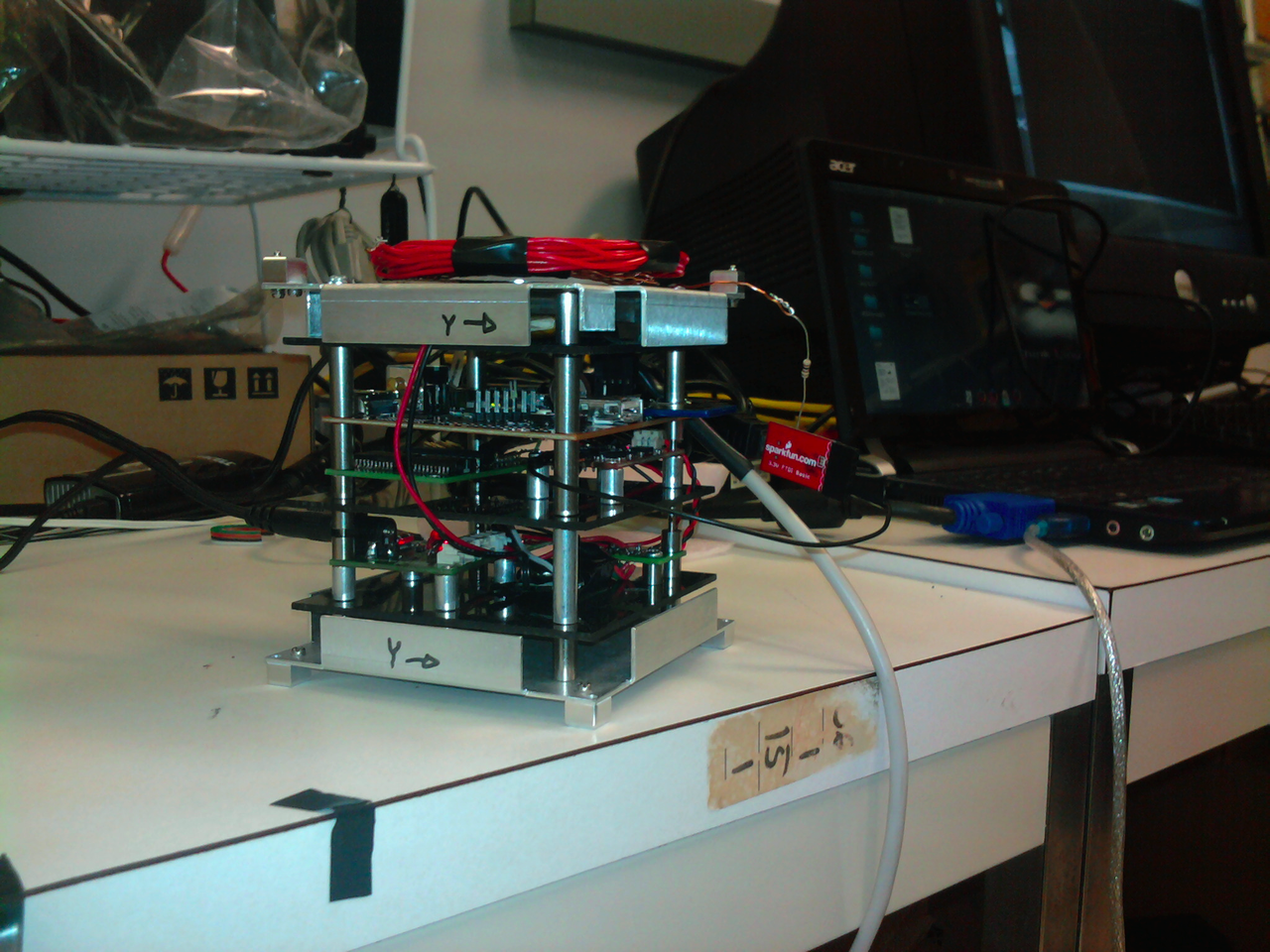
The US National Aeronautics and Space Administration (NASA) is seeking proposals from US-based small satellite developers to fly CubeSat missions as secondary payloads aboard the agency’s Space Launch System (SLS) rocket on the 2023 Artemis 2 mission under its CubeSat Launch Initiative (CSLI).
CubeSats are a class of research spacecraft called nanosatellites and are, unsurprisingly, cube-shaped. They are spacecraft size in units or U’s, typically up to 12 U (a unit is defined as a volume of about 10 cm x 10 cm x 10 cm and usually weighs under 1.33 kg).
The CSLI aims to give CubeSat developers a low-cost pathway to conduct research in space that advances NASA’s strategic goals in the areas of science, exploration, technology development, education and operations. It also allows students, teachers and faculty to gain hands-on experience designing, building, and operating these small research satellites.
Proposals must include elements designed to extend human presence beyond low-Earth orbit and reduce risk for future deep space human exploration missions. The proposed missions should address at least one aspect of NASA’s goals outlined in NASA’s 2018 Strategic Plan and address identified strategic knowledge gaps related to the Moon or Mars.
This opportunity will be open to US participants only, including large and small businesses and other federal agencies, as well as NASA centres, and non-profit or accredited education organizations.
They agency is also seeking proposals from CubeSat developers for ride-share launch opportunities on missions other than Artemis 2. These opportunities are open to NASA centres, non-profit or accredited education organizations, and will be for flight as secondary payloads on launches other than SLS, as well as deployments from the International Space Station.
Mission proposals for all opportunities must be submitted by 4:30 p.m. EST, Nov. 4, 2019. Selections will be made by mid-February 2020, however selection does not guarantee a launch opportunity.
To date, the CubeSat Launch Initiative has selected 175 CubeSat missions from 39 states and 97 unique organizations across the country, has launched 88 missions into space, and has 37 scheduled missions to launch within the next 12 months.
“CubeSats continue to play an increasingly larger role in NASA’s exploration plans,” John Guidi, deputy director for the Advanced Exploration Systems division, said in a statement.
“[They] provide a low-cost platform for a variety of technology demonstrations that may offer solutions for some of the challenges facing long-term human exploration of the Moon and Mars, such as . . . laser communications, energy storage, in-space propulsion, and autonomous movement,” he added.


Leave a Reply